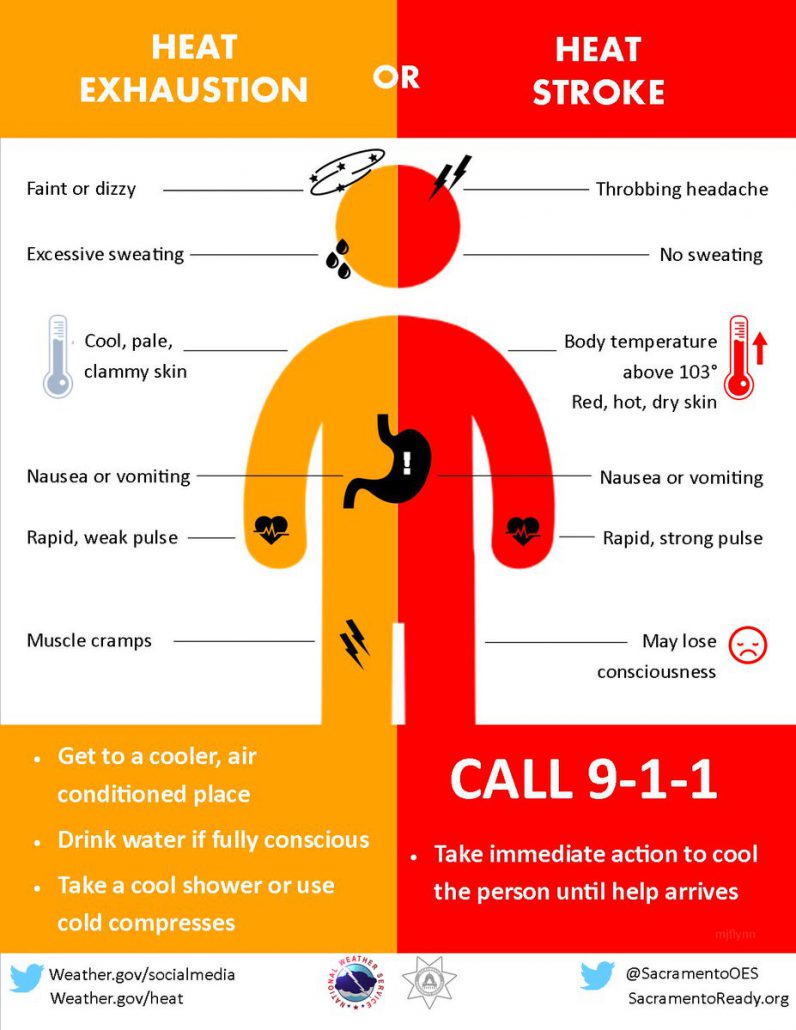Valentine’s Day Lacing Cards: Fine Motor Skills
Lacing is a fine motor skill that children should master around the age of 4 or 5. Lacing is most effective when done in conjunction with introducing crayons, pencils, markers and other writing utensils to their children. It’s essential because these activities help children perfect their pincer grip – you know, using your thumb and pointer finger together to grab things – which is necessary to hold a pencil properly.
Activities like this are crucial because it allows a break in the sometimes monotonous tasks of tracing or even coloring, and provides a wide range of motion that children can use. They’ll also become aware of the roles of their dominant and non-dominant hands. Stabilizing the cutouts while working the shoestring through the holes really strengthens those little fingers and muscles.
Materials:
- Paper
- Glue
- Yarn
- Hole Puncher
- Tape (Optional)
- Handprint Die Cut (Can be found at The Promise Resource Center!)
- Heart Die Cut (Can be found at The Promise Resource Center)
- Pen/Marker/Crayon
Directions:
- Start by cutting 2 rectangles out of the paper. Make sure one piece is just slightly shorter.
- Hold rectangles together and 4 evenly spaced holes on each side.
- Wrap tape around the tip of a long piece of yarn. Knot the other side of the yarn.
- Lace the yarn through the holes in the paper so that the 2 rectangles will stay together. You can use a bit of glue to make sure they are secure to each other.
- Cut out a handprint and have a child write their name on the hand. Glue the hand to the front of the cards.
- Have the child write or tell you the names of the people they love on the die cut hearts you made.
- The child can either give the card to the people they named on their hearts or use the pocket as a valentine’s day card holder.
Summer Heat Tips
Did you know that kids can lose more than 2% of their body weight in sweat before they even realize they are thirsty?! It’s up to parents and caregivers to remind children of the dangers of heat. Most kids don’t realize the effects of sun and heat exposure until heat exhaustion has already set in. Because it should always be left to a supervising adult to determine the danger and risk of heat exposure, please bear in mind the following heat related tips!
Tip # 1. Minimize sun exposure.
Tip #2. Drink water. Drink water. Drink water.
Tip #3. Check with your child care provider or camp host about heat index policies associated with outdoor play.
Tip #4. If possible, stay indoors and in air-conditioned areas.
Tip #5. Wear loose, well-ventilated clothing.
Tip #6. Encourage children to eat water-rich foods like fruits and vegetables.
Tip #7. Have cold compresses ready for use after the kids come inside.
Tip #8. Keep in mind, with excessive heat usually comes severe storms. Check your local radar often-especially when playing in the pool or enjoying other water activities.
Tip #7. Know the signs of heat exhaustion & heat stroke (see photo below).
For more tips on assessing heat safety (especially when it comes to children playing outside), check out this website!
Learning to Tie a Shoelace
Most children struggle to learn to tie their shoes. It can become a big deal when parents are trying to rush out the door and their kids are still sitting on the floor waiting for mom or dad to come help. Here is a great method to help kids practice!
- Start with a cardboard egg carton.
- Make the holes for the laces.
- Grab a set of shoe laces. Using two different colors is best for new shoe tying friends. Tie the laces together at one end and thread them through the holes of the egg carton. Start lacing the holes the whole way up the egg carton. Threading the holes is an excellent fine motor task for kids. Threading the laces encourages bilateral hand coordination which is vital for shoe tying.
- Now it’s time to start the actual tying of the laces! (Everyone has their own method, so we will leave that up to you!)
- Practice with the shoe in your child’s lap, not on their foot. Once they master shoe tying (or at least start to get the hang of it), then practice with their shoe on their foot. It will then take more practice with the shoe on their foot because when they are wearing the shoe, the laces shorten a bit.
- If you’ve been practicing shoe tying for some time and your child is just having too much difficulty, it might be other underlying reasons. To tie shoes, kids need fine motor skills, bilateral hand coordination, visual perceptual skills, hand-eye coordination, and hand strength just to get the task of shoe tying done. If you feel your child has a difficulty in one of these areas, contact your pediatrician for a referral to an Occupational Therapist for individual evaluation and treatment.
- Remember to avoid using the words “right” and “left” unless your child has a good grasp of these words. You can instead use the colors of the laces, if using two different colored laces, OR use “the lace on this side” or the “hand you write with”.


